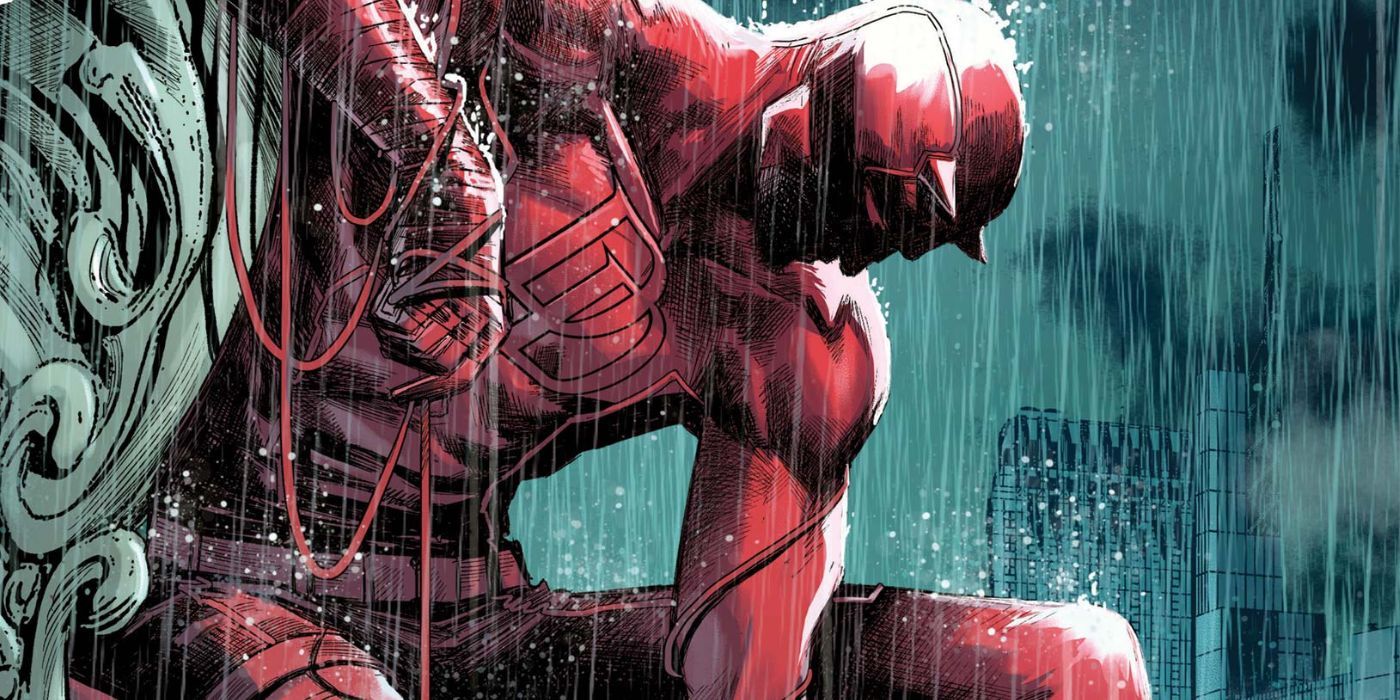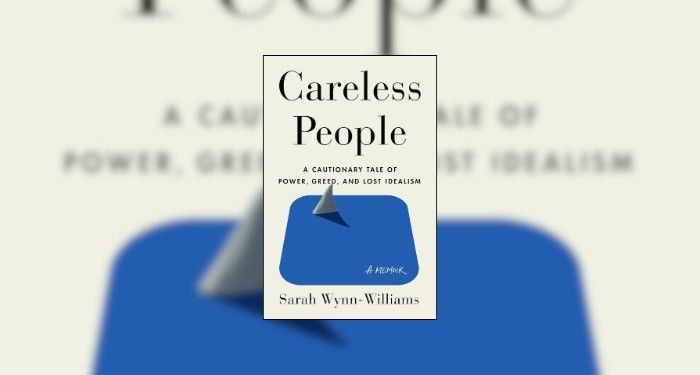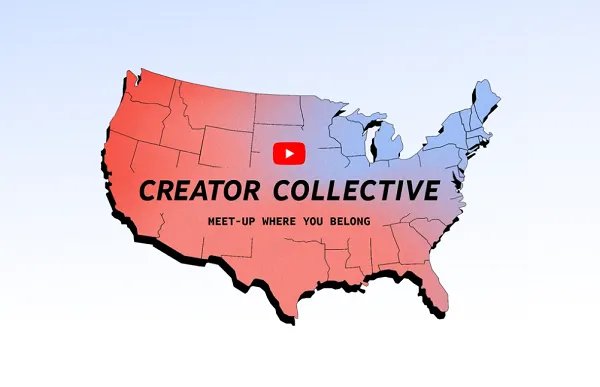Pacific Gas and Electric, the California utility giant whose aging equipment has a nasty habit of starting deadly wildfires, laid off thousands of contractors in November, according to a report this week in the nonprofit news outlet Grist. Normally, December would be the peak season for doing maintenance and inspections to make sure that vegetation is trimmed away from power lines and utility towers are in good repair. But not this year:
Union leaders told members that the layoffs were due to overspending, and that as Pacific Gas & Electric, or PG&E, overruns its budget towards the end of the year, the company decided to push back fourth-quarter work into the new year.
Workers let go include vegetation management inspectors, tree trimmers, electrical linesmen, and pole testers — all work that is critical to wildfire mitigation.
A vegetation management inspector told Grist that the delays would mean that crews “are falling behind one to two months.” But maybe everything will be fine! It’s not like California’s wildfire season is getting longer due to drought and global warming, becoming a nearly year-round concern.
Also too, the article notes, PG&E is already “far behind on work orders for line maintenance,” according to state records. But is that bad?
“That’s a major safety concern,” said Mark Toney, executive director of TURN, a utility ratepayer advocacy group, adding, “I keep getting calls from hospitals and housing projects that can’t get connected to the grid.”
Well thank goodness! If they get connected to the grid, they’ll just use power and probably spark a fire.
As you probably recall, PG&E pleaded guilty to 84 counts of manslaughter because its equipment sparked the 2018 Camp fire, the deadliest and most costly in California history. That’s the one that wiped out the town of Paradise. The fire was caused by a worn, century-old C-hook that broke in high winds, leading the line it had been holding to spark. The sparks landed on dry brush beneath the transmission tower, and the fire soon burned out of control.
PG&E declared bankruptcy in 2019 after settling with fire victims, and then last year, Grist notes, the utility was
put under a period of “enhanced oversight and enforcement” by the California Public Utilities Commission due to concerns that PG&E wasn’t clearing trees away from power lines fast enough, raising the risk of fallen branches sparking another fire. But the commission voted to lift the probation last week, saying that the company had made progress.
Also too, the Wall Street Journal reported Monday that the bankruptcy has left PG&E struggling to find funds to prevent future fires. The utility’s “ambitious plan to reduce wildfire risk will cost tens of billions of dollars” but PG&E “isn’t exactly clear how it is going to pay for it.” After coming out of bankruptcy, the company is heavily leveraged and has crappy credit. Worse, increasing rates is a dicey option since PG&E customers already pay some of the highest energy rates in the country thanks to all the company’s prior disastrous management. (And no, none of that is due to the cost of wind and solar, tell your drunk uncle to shut up.)
A primary part of the fire-prevention plan involves putting 10,000 miles of power lines underground where they can’t come in contact with vegetation, but that too is very expensive — roughly $20 billion over the next decade. The Journal’s Katherine Blunt explains there’s just one catch, and it’s a beaut:
Whether the company can achieve that largely depends on two critical variables: how quickly it can improve the value of its shares, which have been slow to rebound after the restructuring, as well as its ability to regain an investment-grade credit rating. Ratings firms have given substantial weight to wildfire risk in assessing PG&E’s creditworthiness, creating a paradox as the company invests in reducing it.
Incidentally, you should definitely check out this September interview with Blunt, who goes into the strangeness of utility financing and the sordid history of PG&E. She was part of the Wall Street Journal reporting team whose reporting on PG&E made them finalists for the 2020 Pulitzer, and she’s now expanded that reporting into a book I want for Hanukkah, California Burning: The Fall of Pacific Gas & Electric — and What It Means for America’s Power Grid.
So here’s PG&E in an off season when they should be fixing and inspecting and cutting brush, and all the contractors are out of jobs. The company responded to reports of the layoffs with a press release explaining that the work will all get done, and don’t you folks worry about all the laid-off contractors, OK? After the ritual invocation of safety and reliability for all its customers, the statement says that it’s perfectly normal to be cutting back on contractors at the end of the year as work demand slows, because the 2022 work plans are nearly all done, and also it snowed in the mountains so nobody’s going up there anyway.
Here, have some corporate bafflegab!
We have streamlined our vegetation management contracting strategy, to make sure that it delivers high-quality work in a way that’s affordable for customers. We’re also looking to do more of our tree work in-house, including hiring 150 vegetation management inspectors as PG&E employees this year.
And we’re incorporating other wildfire mitigation programs such as Enhanced Powerline Safety Settings, which turn off power automatically when a risk is detected and have proven to be an essential and effective tool for reducing ignitions.
Undergrounding more of our powerlines in high fire-risk areas to improve safety and significantly reduce the risk of wildfires also will lessen the need for ongoing vegetation management.
So good for the new vegetation management inspectors who’ve been hired, but notice also that PG&E makes clear it plans to rely on localized blackouts when the weather increases fire danger. And hooray for putting lines underground, but we’re not certain how that makes inspectors and tree trimmers redundant right now while the lines are still mostly above-ground.
This has been today’s lesson in How to Read a Press release. Good luck, California!
[Grist / KRCR / WSJ / California Burning / Volts / Photo: 2021 BLM Fire Employee Photo Contest, Public Domain]
Yr Wonkette is funded entirely by reader donations. If you can, please give $5 or $10 a month so we can help you make sense of our bizarre energy world of today.











































































